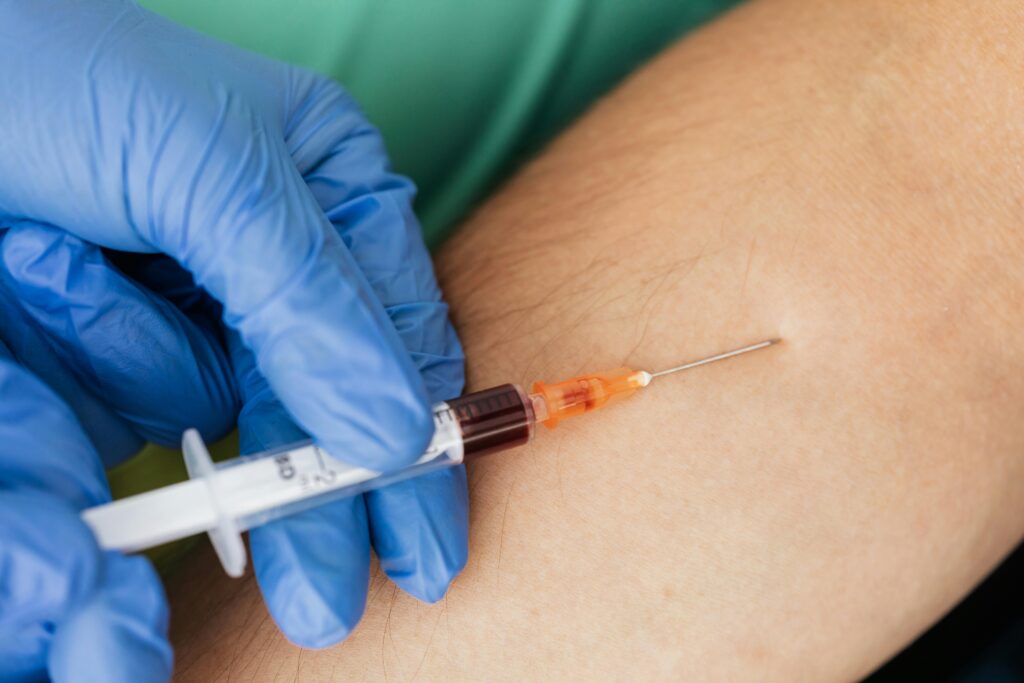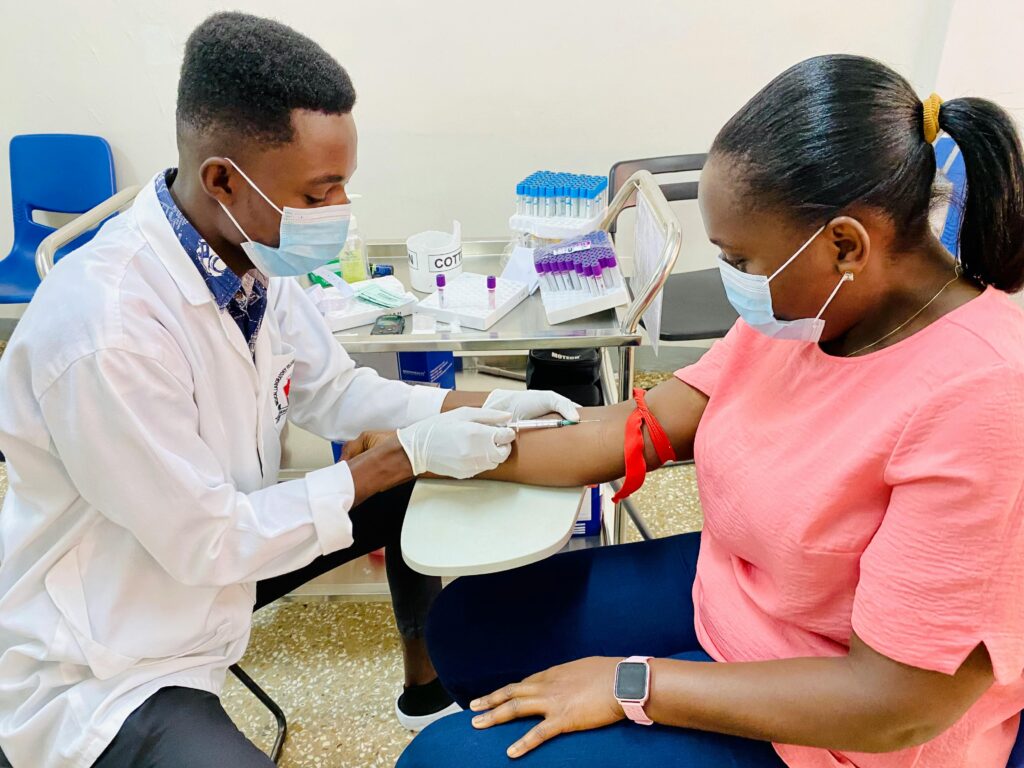When you’re just starting out in the field of phlebotomy, mastering the art of needle insertion is akin to an artist learning to hold a brush. It’s the very foundation upon which your practice is built. With the right techniques, you can ensure efficient blood draws that are comfortable for your patients and yield high-quality samples for testing. Let’s break down the process step-by-step, integrating best practices along the way.

Understanding the Basics
Before we get into the nitty-gritty of needle insertion, it’s crucial to have a solid grasp of the tools and terms you’ll be dealing with. The most common method for blood collection is venipuncture, where a needle is inserted into a vein. The equipment involved typically includes a needle, a collection tube, and often a holder or adapter. Familiarize yourself with these items, as they will be your constant companions in the field.The Centers for Disease Control and Prevention (CDC) offers comprehensive guidelines on blood sample collection and handling, ensuring you’re well-acquainted with the foundational practices.
Preparing for the Procedure
Preparation is half the battle. Begin with the following steps:
Informed Consent: Always explain the procedure to your patient and obtain their consent. This not only builds trust but also helps alleviate any anxiety they might be feeling.
Selecting the Site: The median cubital vein, located in the antecubital fossa (the front of the elbow), is usually the vein of choice due to its size and accessibility. However, each patient is different, and vein selection may vary.
Hygiene and Safety: Wear gloves and clean the selected site with an appropriate antiseptic. This reduces the risk of infection and ensures a safe environment for both you and the patient.

The Art of Needle Insertion
With the groundwork laid, it’s time to focus on the main event—inserting the needle.
Anchor the Vein: Ask your patient to make a fist, or use your non-dominant hand to apply gentle pressure below the puncture site. This tension helps prevent the vein from rolling.
Needle Positioning: Hold the needle at a 15 to 30-degree angle with the bevel (the slanted part of the needle tip) facing up. This orientation maximizes the chance of a smooth entry.
The Insertion: With a steady hand, insert the needle in one smooth motion. Avoid hesitation, as this can cause more discomfort for the patient and increase the risk of mishaps.
Checking for Blood Return: Once the needle is in, look for blood to enter the collection tube or the needle hub, which indicates successful venipuncture. If you don’t see blood, you may need to slightly adjust the needle’s position.
Collection and Withdrawal: After successful blood collection, release any tourniquet you’ve applied, remove the needle gently, and apply pressure to the site to prevent bruising.
Post-Procedure Best Practices
Congratulations, you’ve successfully performed a venipuncture! But your job isn’t done just yet. Proper post-procedure care is essential to ensure the comfort and safety of your patient, as well as the integrity of the sample you’ve collected. Here are a few key points to remember:
Apply Pressure: Use a clean gauze pad to apply pressure to the puncture site immediately after withdrawing the needle. This helps prevent bruising and bleeding.
Label Samples Correctly: Ensure that all collected samples are labeled accurately and promptly. This is crucial for the reliability of test results.
Dispose of Sharps Safely: Always dispose of needles and other sharp objects in designated sharps containers. This reduces the risk of needle-stick injuries and maintains a safe working environment.
Comfort and Reassure Your Patient: Some patients might feel dizzy or uncomfortable after a blood draw. Offer them a place to sit and rest, and provide reassurance as needed.
Practice Makes Perfect
Like any skill, proficiency in needle insertion comes with practice. Don’t be discouraged by initial challenges or setbacks. Every attempt is a learning opportunity, and with time, you’ll find your confidence and competence growing in equal measure. For those looking to refine their skills further, online courses and resources can be incredibly beneficial. Websites like LabCE offer phlebotomy practice exams and educational materials that cater specifically to the needs of burgeoning professionals.
Frequently Asked Questions
What if I can’t find a vein?
Take your time and feel for veins rather than relying solely on sight. Veins that are fuller and more elastic to the touch are often easier to puncture. Hydration and warmth can also make veins more prominent, so consider asking your patient to drink water or apply a warm compress if they’re having difficulty.
How can I reduce my patient’s discomfort?
Use a small gauge needle if possible, ensure the skin is taut when inserting the needle, and communicate with your patient throughout the procedure. A calm and confident demeanor can significantly ease patient anxiety.
What should I do if a patient has a needle phobia?
Be empathetic, provide clear information about what to expect, and allow the patient to express their fears. Sometimes, simply knowing they’re being heard can make a big difference. Distraction techniques, such as talking about a neutral topic, can also help.
How can I learn more about dealing with difficult venipuncture situations?
The American Society for Clinical Pathology (ASCP) provides articles and resources that delve into more complex aspects of phlebotomy, including challenging venipuncture scenarios and advanced techniques.

Embarking on your journey as a phlebotomist with a solid foundation in needle insertion techniques sets the stage for a rewarding career. Remember, each patient is unique, and so is every blood draw. Stay adaptable, keep honing your skills, and never underestimate the importance of empathy and communication. With these tools in your arsenal, you’re well on your way to becoming a proficient and compassionate phlebotomist.
Remember, practice, patience, and a gentle touch are your best friends. Keep striving for excellence, and don’t hesitate to seek guidance from experienced colleagues. Here’s to a successful and fulfilling journey in the vital field of patient care! Looking to start a career as a trained phlebotomist? Check out our Quick sticks Phlebotomy Training course. Built to give you all the tools you need to succeed.